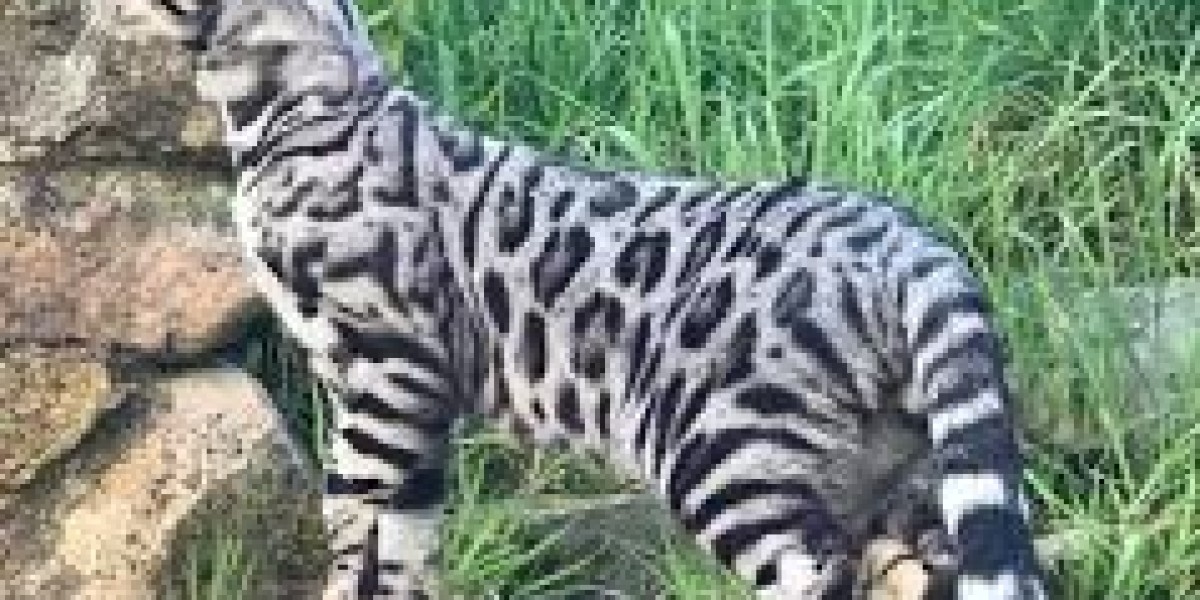The Silver Bengal cat is a striking and highly sought-after breed known for its unique and beautiful coat. Originating from the crossbreeding of domestic cats with Asian leopard cats, Bengals, including the Silver Bengal variant, exhibit a wild appearance coupled with a friendly and energetic temperament.
History and Origin
The Bengal cat breed was developed in the United States during the 1980s, with the goal of creating a domesticated cat that possessed the exotic look of wild cats. Jean Mill, a breeder, played a significant role in the breed's development by crossing an Asian leopard cat with domestic breeds. The Silver Bengal is a result of introducing the silver gene, which adds a cool-toned, metallic sheen to the coat, enhancing the already striking appearance of the Bengal.
Appearance
Silver Bengals are characterized by their sleek, muscular build and a short, dense coat that displays a distinctive pattern. The coat typically has a light, silvery background color with dark, contrasting rosettes or spots, reminiscent of a leopard’s markings. The eyes of Silver Bengals are usually green or gold, adding to their wild and captivating look.
Personality and Temperament
Silver Bengals are known for their intelligence, curiosity, and high energy levels. They are highly active and require ample stimulation and exercise to stay happy and healthy. This breed is also very social and enjoys interacting with their human companions, often forming strong bonds. Their playful nature makes them excellent pets for families, as they enjoy games, puzzles, and even learning tricks.
Health and Care
Generally, Silver Bengals are healthy cats, but they can be prone to some genetic conditions like any purebred animal. Regular veterinary check-ups are essential to maintain their health. Bengals require a balanced diet that meets their nutritional needs as active cats. Because of their intelligence and energy, they also benefit from interactive toys and activities that challenge their minds and keep them physically active.
Living Environment
Given their active nature, Silver Bengals thrive in environments where they have plenty of space to explore and play. They enjoy climbing and can often be found perching on high surfaces. Providing cat trees, shelves, and other vertical spaces can help satisfy their climbing instincts. Additionally, Bengals can adapt well to both indoor and outdoor environments, provided they are safe and secure.
Grooming
Silver Bengals have relatively low grooming needs due to their short, dense coats. Regular brushing helps keep their coat in good condition and reduces shedding. Their nails should be trimmed regularly, and their ears and teeth should be checked periodically to prevent infections and dental issues.
Conclusion
The Silver Bengal cat is a captivating blend of wild beauty and domesticated charm. With their striking appearance, energetic personality, and intelligent nature, they make wonderful companions for those who can meet their exercise and stimulation needs. Caring for a Silver Bengal involves regular veterinary care, a nutritious diet, and a stimulating environment, ensuring these elegant cats lead healthy and happy lives.







